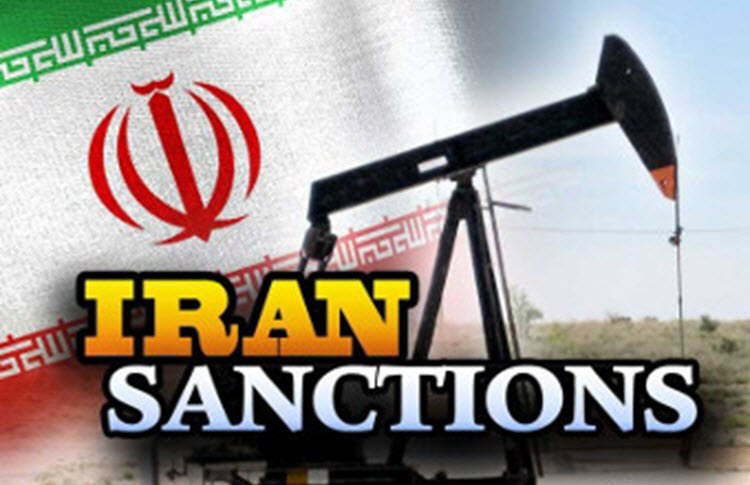
Iran Focus
London, 21 Oct – The second round of U.S. sanctions against Iran’s oil exports and international banking operations will be ineffective, claims the governor of the Central Bank of Iran (CBI), Abdolnasser Hemmati.
However, the first round of sanctions that followed the United States’ exit from the nuclear deal with Iran had a devastating impact. The second round is expected to increase the impact on Iran’s rising unemployment and poverty.
The next round of sanctions, beginning in early November, targets Iran’s oil exports, among other important aspects of its economy.
The flow in foreign investment in Iran by Western companies in the year before the U.S. exit from the Joint Comprehensive Plan of Action (JCPOA) has dried up. The 2015 nuclear deal reduced political and economic risks involved in working with Tehran, and the Iranian market was normalizing. But, when U.S. President Trump was elected in 2016, and political tension between Tehran and Washington became evident, foreign companies working in Iran began having doubts about their business prospects. Foreign investment in Iran began to diminish. Plans that had been approved for foreign investment in Iran’s industry, mining, and trade sectors in the first four months after the start of the Iranian new year dropped to half the number during the same period the previous year, from $775.3 million to $349.1 million.
Uncertainty about investment in Iran, caused many foreign companies leave the country. An increasing number of Iranian investors also left the country as the November 4th deadline for the second round of sanctions loomed.
The exchange rate for the U.S. dollar from around 35,000 rials per dollar in March to more than 190,000 rials in September, saw Iran’s economy plummet. Combined with the drop in foreign investment impacting other sectors, small businesses and households began to suffer.
The decrease of foreign investment sparked a drop in domestic gross product, resulting in a decline in production power, employment opportunities, and income for Iranian households. It is likely that there will be a continuous rise in unemployment and poverty.
The International Monetary Fund (IMF) announced minus 1.47 percent economic growth for this year, and a bleak minus 3.6 percent prospect for the next year. Iran’s current per capita income of $5,221 is expected to drop to $4,052 in less than two years. Household savings will diminish, and Iranians will be more vulnerable as they face the hardships of poverty.


